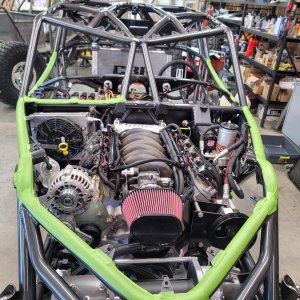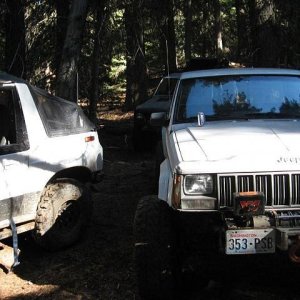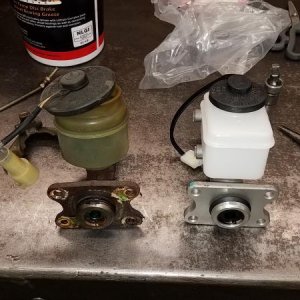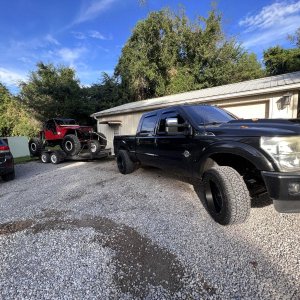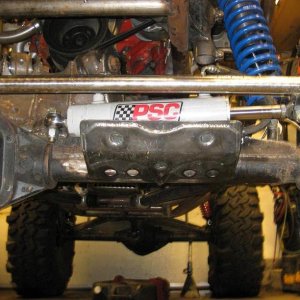In reviewing the trail descriptions, Pokey I have to come back to you on this. You pointed out that you thought my approach to restricting trails to a minimum tire size was reverse discrimination. Compare that plan to what's done with the Jamboree. I'm playing a little devil's advocate here to make a point.
There are width restrictions on trail stating a maximum, how does that vary from a trail that would have a minimum restriction on a tire size? I see trail ratings and requirements such as tire sizes, winches, roll cages etc. So that trail is ONLY for the best built rigs. Isn't that the same thing as I put out for the Rainier Vista. I'm going to take the busy out of the discussion because that's a tender issue. What what the host do if a stockish rig wanted to run Rocky Saddle. Should the trail not be made suitable for all vehicle? I think the Jamboree is discrimitating here against the guy with a lesser built rig. Doesn't seem very fair to me.
Yes, there's plenty of friendly sarcasm here, but I'm making a point. All trails can't be all things to everyone. So I'm curious Jim to see where you see the difference of our club building a trail for large, well-built rigs and setting up rules to keep the lesser built or undersized rigs off that trail and what the Jamoboree does with Rocky Saddle?
There are width restrictions on trail stating a maximum, how does that vary from a trail that would have a minimum restriction on a tire size? I see trail ratings and requirements such as tire sizes, winches, roll cages etc. So that trail is ONLY for the best built rigs. Isn't that the same thing as I put out for the Rainier Vista. I'm going to take the busy out of the discussion because that's a tender issue. What what the host do if a stockish rig wanted to run Rocky Saddle. Should the trail not be made suitable for all vehicle? I think the Jamboree is discrimitating here against the guy with a lesser built rig. Doesn't seem very fair to me.
Yes, there's plenty of friendly sarcasm here, but I'm making a point. All trails can't be all things to everyone. So I'm curious Jim to see where you see the difference of our club building a trail for large, well-built rigs and setting up rules to keep the lesser built or undersized rigs off that trail and what the Jamoboree does with Rocky Saddle?



